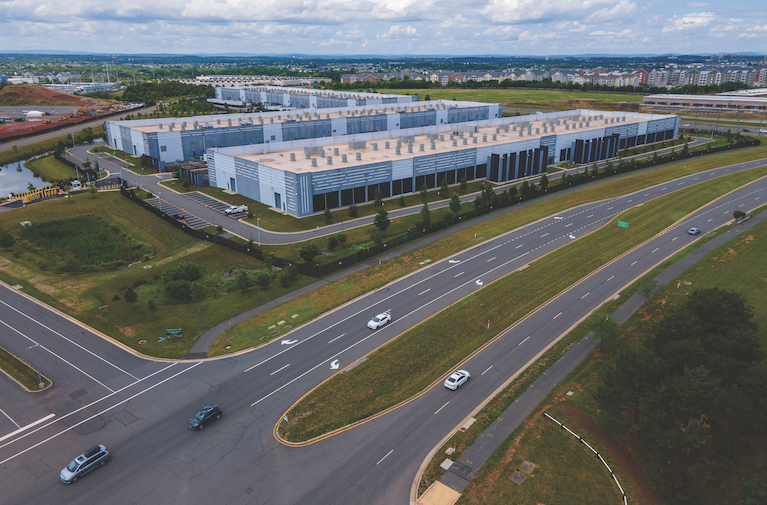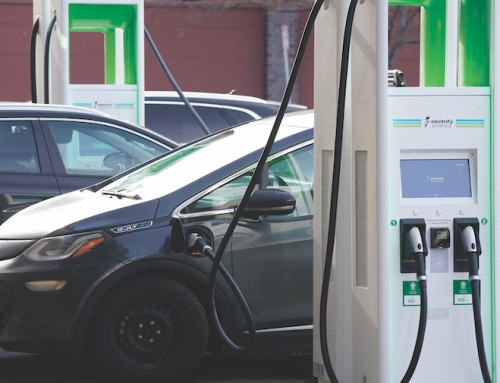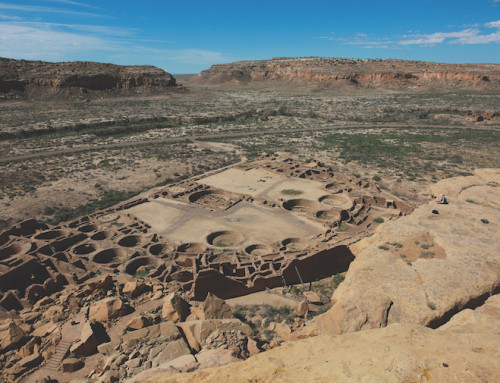Voter anger over the cost of living is hurtling forward into next year’s midterm elections, when pivotal contests will be decided by communities that are home to fast-rising electric bills or fights over who’s footing the bill to power Big Tech’s energy-hungry data centers.
Electricity costs were a key issue in last week’s elections for governor in New Jersey and Virginia, a data center hotspot, and in Georgia, where Democrats ousted two Republican incumbents for seats on the state’s utility regulatory commission.
Voters in New Jersey, Virginia, California and New York City all cited economic concerns as the top issue, as Democrats and Republicans gird for a debate over affordability in the intensifying midterm battle to control Congress.
Already, President Donald Trump is signaling that he’ll focus on affordability next year as he and Republicans try to maintain their slim congressional majorities, while Democrats are blaming Trump for rising household costs.
Front and center may be electricity bills, which in many places are increasing at a rate faster than U.S. inflation on average, although not everywhere.
“There’s a lot of pressure on politicians to talk about affordability, and electricity prices are right now the most clear example of problems of affordability,” said Dan Cassino, a professor of politics and government and pollster at Fairleigh Dickinson University in New Jersey.
Rising electric costs aren’t expected to ease and many Americans could see an increase on their monthly bills in the middle of next year’s campaigns.
Gas and electric utilities are seeking or already secured rate increases of more than $34 billion in the first three quarters of 2025, consumer advocacy organization PowerLines reported. That was more than double the same period last year.
With some 80 million Americans struggling to pay their utility bills, “it’s a life or death and ‘eat or heat’ type decision that people have to make,” said Charles Hua, PowerLines’ founder.
Midterm elections will see congressional battlegrounds in states where fast-rising electric bills or data center hotspots — or both — are fomenting community uprisings.
That includes Ohio, California, Georgia, Michigan, Pennsylvania and Texas.
Analysts attribute rising electric bills to a combination of forces, including expensive projects to modernize the grid and harden poles, wires and substations against extreme weather and wildfires.
Also playing a role is explosive demand from data centers, bitcoin miners and a drive to revive domestic manufacturing, as well as rising natural gas prices, analysts say.
“The cost of utility service is the new ‘cost of eggs’ concern for a lot of consumers,” said Jennifer Bosco of the National Consumer Law Center.
In some places, data centers are driving a big increase in demand, since a typical AI data center uses as much electricity as 100,000 homes, according to the International Energy Agency. Some could require more electricity than cities the size of Pittsburgh, Cleveland or New Orleans.
While many states have sought to attract data centers as an economic boon, legislatures and utility commissions also were flooded with proposals to try to protect regular ratepayers from paying to connect data centers to the grid.
Meanwhile, communities that don’t want to live next to one are pushing back.
An Associated Press-NORC Center for Public Affairs Research poll from October found that electricity bills are a “major” source of stress for 36 percent of U.S. adults.
Still, the impact is still more uneven than other financial stressors such as grocery costs, which just over half of U.S. adults said are a “major” source of stress.
Now, as falls turns to winter, some states are warning that funding for low-income heating aid is being delayed because of the federal government shutdown.









